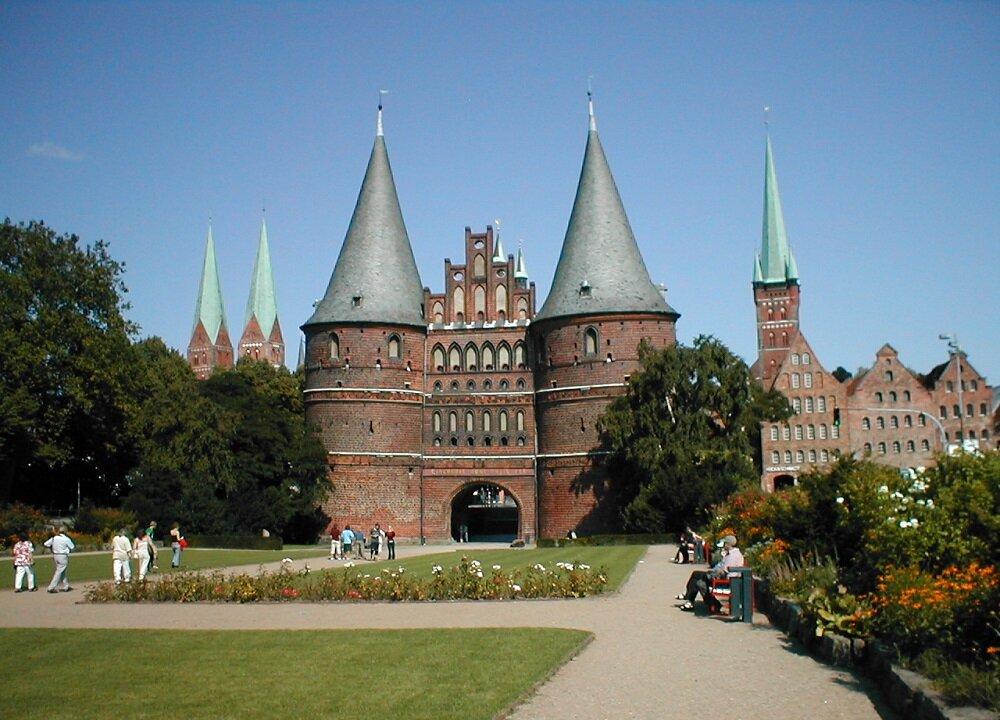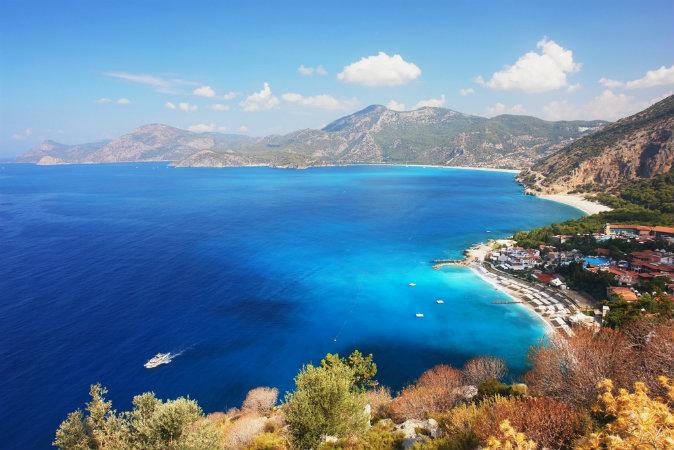For your next weekend jaunt, consider the marzipan capital of Germany, Lubeck, for a short and very sweet weekend away.
It’s quaint, compact with just enough compelling sights to squeeze into 24 hours. Yet Lubeck tends to be overlooked as a weekend jaunt. The old town is enveloped by the river Trave and connected to the mainland by bridges. At just 82 square miles, it’s smallish, yet it is a major port that gives over to the Baltic Sea. Everywhere you venture there are Gothic and tall ex mercantile buildings and evidence of a long history spanning the best part of a millennium.
For centuries Lubeck was autonomous. It had a leading role as one of the founders of the Hanseatic League and was dubbed “Queen of the Hanse”. World War II saw it flattened during an RAF raid but its medieval glory was so well restored that Unesco gave it World Heritage Site recognition.






